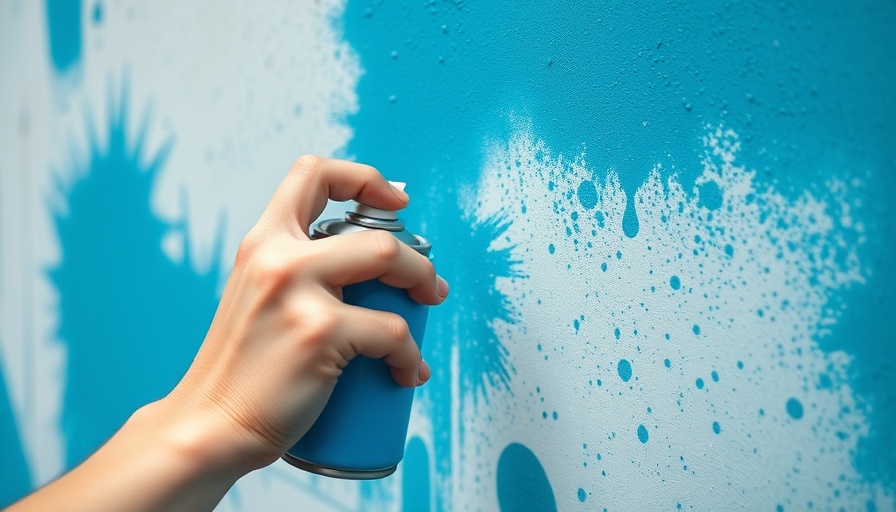
Transform Your Bathroom with Stunning Shower Curtain and Tile Combinations
Bathrooms are more than just functional spaces; they can be havens of relaxation and style, particularly when decorated thoughtfully. Pairing the right shower curtain with the right tile can create a look that elevates your bathroom from mundane to extraordinary. Let's explore stunning combinations that not only beautify your space but also enhance your daily routines.
The Power of Color: Matching Shower Curtains with Tiles
One of the first things to consider when pairing shower curtains and tiles is color. A simple color scheme can transform your bathroom into a cohesive space. For instance, consider pairing a light teal shower curtain with white subway tiles. The contrast between the fresh, calming color of the curtain and the bright, clean look of the tiles work harmoniously to evoke a coastal retreat right in your home.
Lively pops of color can also complement neutral tile choices. A vibrant yellow or orange shower curtain against gray or beige tiles brings energy and warmth to the room, making it feel inviting at all times of the day.
Texture Matters: Creating Depth in Design
It's not just about color; texture plays a significant role in design as well. A textured shower curtain combined with smooth tiles can create a visually appealing contrast. Think about pairing a linen or burlap curtain with glossy ceramic tiles. The juxtaposition of different materials invites touch and adds depth to your space.
Another popular trend is mixing matte tiles with glossy elements. For example, using a matte black tile on the floor with a shiny white curtain creates a modern and sleek aesthetic.
Patterns and Prints: Adding Personality to Your Bath Space
Patterns can add personality and flair to your bathroom. A geometric print shower curtain can work wonders with more subdued, solid color tiles. For effective contrast, pair a bold geometric print curtain with soft, solid-colored tiles to allow the curtain to be the star of your design.
If you're feeling adventurous, consider matching a nature-inspired shower curtain, with floral or leaf patterns, with tiles that have earthy tones, creating a cozy, organic feel.
Making a Case for Minimalism
Minimalism continues to be a popular choice in bathroom design. A simple white curtain paired with large format tiles can create a clean and airy ambiance. California homes often embrace this aesthetic, focusing on simplicity and quality materials. This style is ideal for those who prefer a clutter-free and spacious feeling in their bathrooms.
Eco-Friendly Options: Sustainable Choices for Your Space
In an age where sustainability is key, consider eco-friendly shower curtains made of organic cotton or recycled materials. Pair these with tiles made from recycled glass or sustainably procured materials to make an environmentally responsible yet stylish choice. This not only enhances the visual appeal of your bathroom but also aligns with a lifestyle that values planet-friendly practices.
Functional Aspects: Choosing Quality and Durability
While aesthetics are important, durability is essential too. Opt for curtain materials that can withstand humidity and regular washing to maintain their look over the years. For tiles, choose those that are resistant to stains and easy to maintain, especially in high-use areas. The investments you make will ensure your bathroom stays looking fresh for years to come.
In Conclusion: Bring Your Vision to Life
Whichever direction you decide to take, pairing shower curtains with tiles doesn't have to be daunting. With a few guiding principles regarding color, texture, and pattern, anyone can create a bathroom that feels unique and inviting. So what are you waiting for? Dive into the world of bathroom design and start making your dream space a reality!
 Add Row
Add Row  Add
Add 




Write A Comment